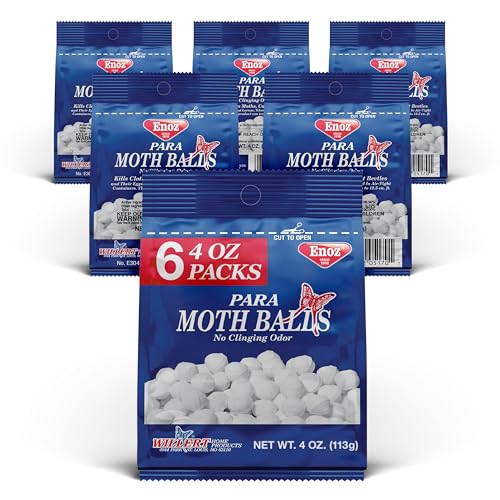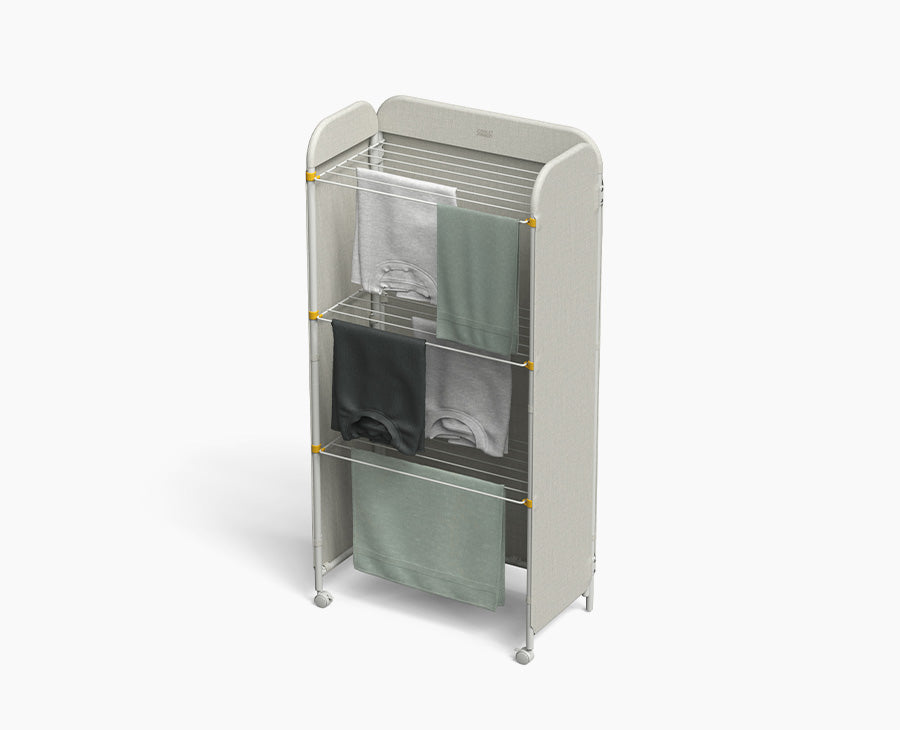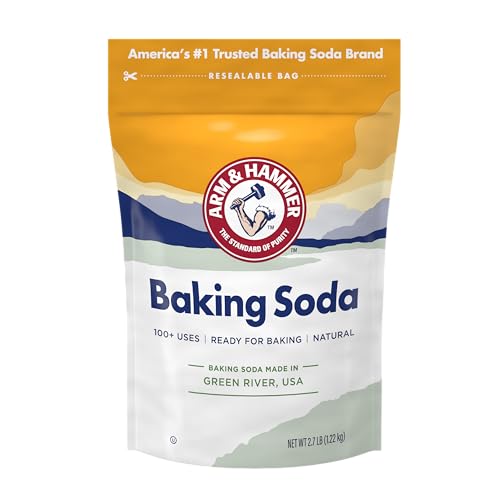How to get rid of the smell of mothballs on clothes for pest-free, fresh laundry
Banish musty odors with these 3 expert-approved, affordable methods


There's no denying that getting your favorite cozy winter jumper out of storage and finding a moth hole in it is frustrating – but finding a solution to this problem also comes with a little snag of its own.
While using mothballs will help keep pests at bay, protecting your wool, cotton and cashmere clothes, they can sometimes leave a musty scent that is hard to shake off.
We spoke to professional cleaners for their top laundry tips on getting rid of the smell of mothballs on clothes, with affordable solutions that utilize products you will probably already have in your pantry.
How to get rid of the smell of mothballs on clothes
What are mothballs?
'Mothballs are useful for protecting your clothes with natural fibers like wool from insects that like to feed on or lay eggs in them,' says Brett Bennett, director of operations at PURCOR Pest Solutions. 'Many people associate them, of course, with moths, but they're also useful for pests like mice that will also chew through natural fibers if given the chance.'
As they use potent chemical pesticides, however, you may find they leave a lingering smell on clothing, unless they are specially formulated to have a reduced odor.
So, if this is a problem you are encountering, here are three methods to try, approved by experts.
1. Air-out laundry
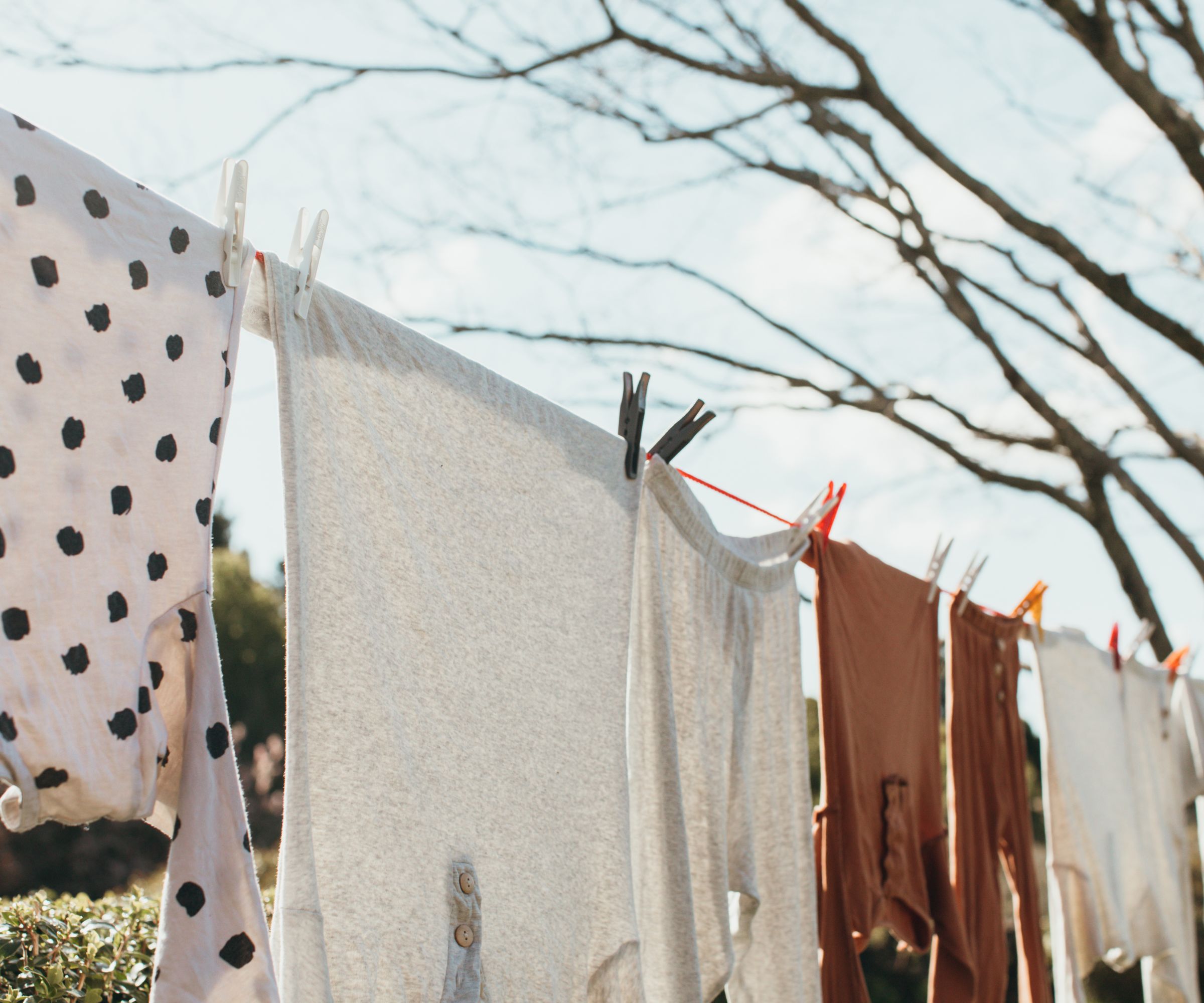
There are many benefits of air drying laundry, and a simple method to getting rid of the smell of mothballs on clothes is to simply do so, either on a washing line outside, or on a clothes rack indoors.
Design expertise in your inbox – from inspiring decorating ideas and beautiful celebrity homes to practical gardening advice and shopping round-ups.
'One of the most effective methods I've found is to hang clothes outside, especially on a breezy day,' says Will Cotter, COO of Happy Cleans. 'I had a similar issue with a few clothing items, and no amount of washing seemed to help. But once I aired them out in the fresh air, the odor completely vanished!'
Cotter warns that this may take a couple of days, but assures that it's worth the wait for fresh-smelling clothing. 'Just a heads-up though, if you have pets, keep them away from the area where you're airing out the clothes, as those mothball chemicals can be harmful to them,' he adds.
Because of this, if you're airing your clothes indoors, open windows for ventilation and place your clothes airer nearby. I tried the Joseph Joseph Eclipse Indoor Clothes Airer and it's perfect for tiny spaces.
2. Use vinegar
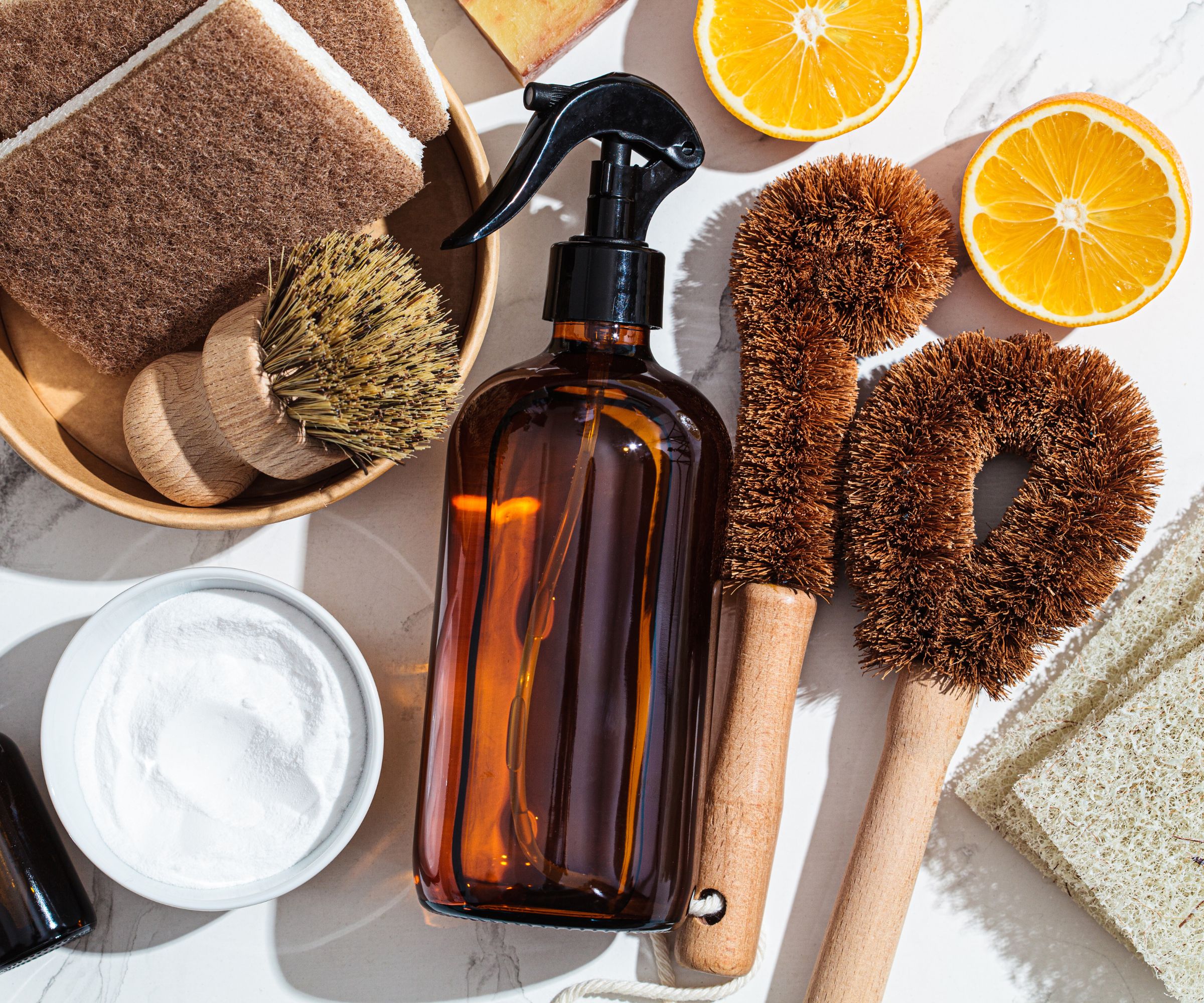
There are many things you can clean with vinegar around the home, and Carolina Kazimierski, co-owner and president of Sophia's Cleaning Service recommends using it to get rid of the smell of mothballs on clothes.
She says, 'My go-to technique is just to wash clothes with vinegar. This might seem counter productive, but the vinegar smell dissipates once clothes are dry.'
Kazimierski suggests adding a cup of vinegar in with your clothes wash, just make sure you know when to add vinegar to laundry, and where to put vinegar in a washing machine. We recommend using the Great Value Distilled White Vinegar available at Walmart.
'Let your washer sit with a cup of vinegar for about an hour with the lid open before running the cycle,' to allow your clothes to soak, says cleaning expert Cotter. 'If you're not up for a full wash, using a spray bottle (such as the Equate 8 oz Plastic Spraybottle available at Walmart) with a 1:1 vinegar and water mix could do the trick, too.' Simply spray your garments and leave to dry.
3. Use baking soda
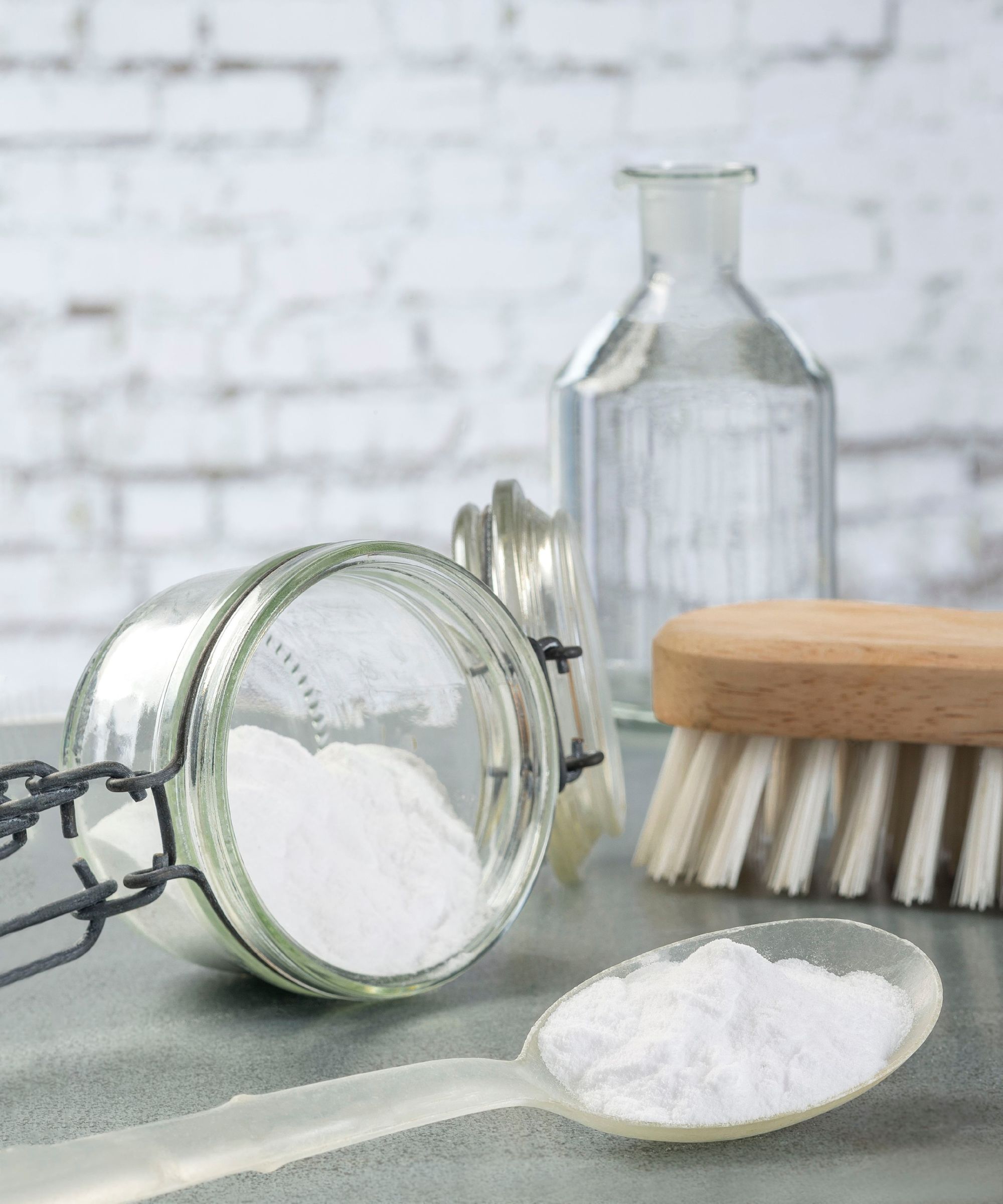
Making use of another household staple, pest expert Bennett also recommends using the simple baking soda hack for closets.
'Since mothballs do have a fairly strong smell, using an open box of baking soda in the closet can help to clear it up afterwards,' he says.
As a natural deodorizer, you can use baking soda in laundry and clean with baking soda. As Bennett recommends, keeping an open box in your closet can get rid of the smell of mothballs on clothes by neutralizing pH levels to tackle the odor molecules caused by them.
You can either place an open box at the bottom of your closet, place multiple open containers on different shelves or utilize an old sock or fabric sachet to hang baking soda from your rails. Replace every one to two months, or as needed.
FAQs
How do you get rid of mothball smell in the air?
To get rid of the smell of mothballs in the air, increase ventilation by opening windows and utilizing fans. A denatured alcohol and water solution, in the ratio of 6:4 can also be used, which is great for neutralizing kitchen odors, too.
What is a natural mothball deterrent?
If you would prefer a natural alternative to mothballs, cedar works well to deter the pests. You can also use lavender oil, or learn how to dry lavender and enhance its fragrance.
If you spot any of the signs you have moths in your home, you can prevent moths in the closet by keeping your closet dust-free and well ventilated, and by ensuring clothes are 100% clean before putting them away.
You can get rid of moths with vinegar, or use specifically formulated products to keep your clothes safe from holes.

Ottilie joined Homes & Gardens in 2024 as the News Writer on Solved, after finishing a Master's in Magazine Journalism at City, University of London. Now, as the Sleep Editor, she spends her days hunting deals and producing content on all things sleep – from mattresses and sheets to protectors and pillows, all of which she tests in her own home. She also has particular expertise in home fragrance, covering everything from candles to reed diffusers.
Previously, she has written for Livingetc and Motorsport Magazine, and also has a Master's degree in English Literature and History of Art from the University of Edinburgh, where she developed a love for inspiring interiors and architecture.
